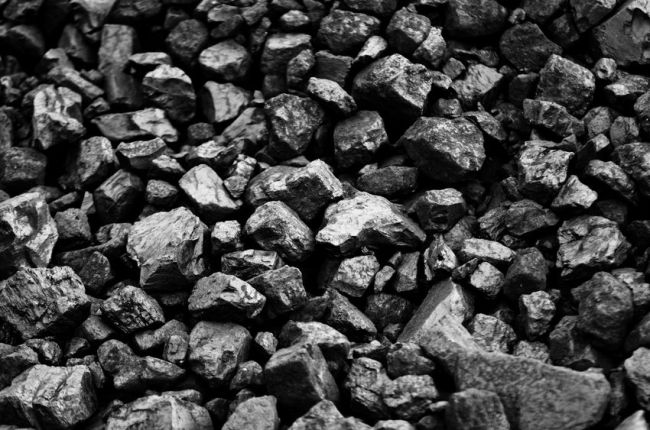Korea spent a record amount of money on coal-fired power generation last year, a nearly three-fold increase over a decade, indicating that the country's dependence on the fossil fuel still runs high, industry data showed on Monday.
According to the data compiled by the Korea Power Exchange, the country paid a total of 41.6 trillion won ($36.2 billion) to private power generators last year, down 6.2 percent from the previous year's 44.4 trillion won, on the back of falling oil prices and the increased number of power suppliers.
 |
(123RF) |
Of the tallied, some 35 percent, or 14.5 trillion won, was spent for coal-fired power generation last year, an 11-percent, or 1.5 trillion won, increase from a year earlier.
In 2006, a total of 5.25 trillion won was spent, which translates into a three-fold jump in 10 years.
Last year, the country's power output reached a record 495,400 gigawatt-hours (GWh) last year, with coal-fired power generation accounting for 40.6 percent of the total.
The country's coal-fired power generation capacity was tallied at 28.6 gigawatts last year, making up for 28.9 percent of the total power output capacity.
Coal-powered power generation is cited as the main culprit of emissions, with many countries struggling to cut their reliance on the fuel.
Further aggravating the problem is that more coal-fired power plants are set to start their operations this year.
Last year, 32.3 percent, or 13.45 trillion won, of the money spent by the government on private power generators was to thermal power plants that used liquefied natural gas (LNG) as the source of fuel, which represents a 26.4 percent drop from the previous year.
The country spent a meager 4.7 percent, or 1.9 trillion won, on renewable energy-based power generation last year, also 10.6 percent down from a year earlier, according to the data.
Nuclear power added 21.7 gigawatts, or 22.2 percent, of power output for the country, with renewable energy making up 7.4 gigawatts, or 7.6 percent.
Coal is a cheap source of power generation but it releases 2.2 times more greenhouse gases into the atmosphere than LNG. (Yonhap)




![[Herald Interview] 'Trump will use tariffs as first line of defense for American manufacturing'](http://res.heraldm.com/phpwas/restmb_idxmake.php?idx=644&simg=/content/image/2024/11/26/20241126050017_0.jpg)

![[Health and care] Getting cancer young: Why cancer isn’t just an older person’s battle](http://res.heraldm.com/phpwas/restmb_idxmake.php?idx=644&simg=/content/image/2024/11/26/20241126050043_0.jpg)

![[Graphic News] International marriages on rise in Korea](http://res.heraldm.com/phpwas/restmb_idxmake.php?idx=644&simg=/content/image/2024/11/25/20241125050091_0.gif)